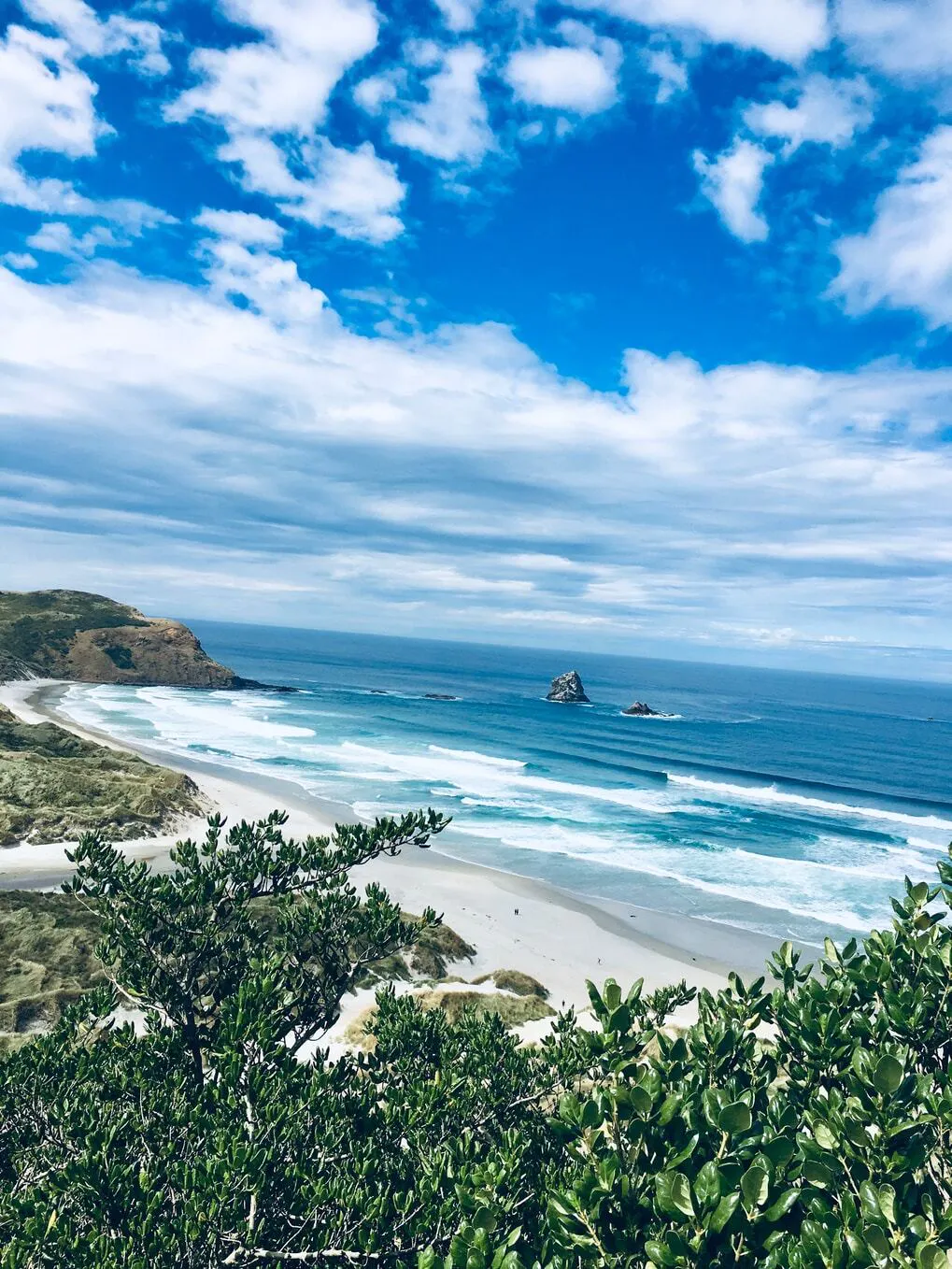Hydrodynamic Modelling of the Tsunami from the March 5, 2021 Mw 8.1 Earthquake
In response to the March 5th, 2021 Magnitude 8.1 earthquake, Dr. Jose Borrero has put together a preliminary model of the tsunami generation and propagation.

In response to the March 5th, 2021 Magnitude 8.1 earthquake, eCoast tsunami scientist Dr. Jose Borneo has put together a preliminary model of the tsunami generation and propagation.
Event: M 8.1 - Kermadec Islands, 1100 km NNE of Gisborne New Zealand
Time: 2021-03-04 19:28:32 (UTC) 2021-03-05 08:28:32 (NZDT)
Hydrodynamic Model: MOST, propagation version.
Grid: 1 minute resolution, GEBCO 2019 Bathymetry. 1140 x 1380 nodes covering the model domain.
Source: To initialize the tsunami hydrodynamics we used the USGS Finite Fault solution as the initial surface displacement. The XYZ file from the USGS Finite Fault page was gridded to 0.05 deg (3 arcmin) then interpolated on to the 1-arc min bathymetry grid and used as the customary hot start, instantaneous initial condition.

Model Details: For single grid propagation modelling, the MOST model is set up with a solid wall boundary condition at 10 m depth . The model used a time step of dt = 5 sec with output saved at 12 step intervals for 1 minute temporal resolution on the time series. The model was run for 9000 steps equating to 45,000 seconds or 12.5 hours of simulated time. The model ran multithreaded on a 12-core Intel i7 @ 3.7 GHz and took 6 minutes to complete.

The model results are plotted against processed data from NZ DART stations C, E and G. The DART data was downloaded, processed and graciously shared by Aditya Gusman, GNS Science. His preliminary modelling results of this event can be seen here.
Data is plotted directly as it came out from the model. No scaling or time shifting has been applied.
The results show that:
- The model gives a darn good match on NZ DART E!
- At DART G, one could imagine a better fit if the two bumps were consolidated in to one… The two bumps in the modeled time series must come from the two areas of vertical displacement in the initial surface displacement.
- The match on C is good for amplitude, but arrives a bit early… I attribute that to bathymetry issues… Probably related to the extremely deep water running along the Kermadec trench and how that is represented in the hydrodynamic model.
- Unfortunately DART F was not working as it woudl have been in the perfect position to record the tsunami. The model suggests peak to trough tsunami height of ~25 cm.
- Plots of the other DART station locations are also provided. We should have data processed for A and B sometime soon, D and K have not yet been deployed.


Next Steps: I will be using this propagation output as forcing to local models to check for performance on coastal tide gauges. I have already run a number of simulations using ComMIT and sources derived from the NOAA tsunami propagation database. Early results show relatively good fits to the tide gauges with model run times varying from a few minutes ( using coarser grids, but producing less accurate results) to an hour or so (using higher resolution grids). I'll post more results later. Maybe.

References: Gusman, A. (2021). Tsunami DART observations and simulation of the 2021 Raoul Island Mw 8.1 earthquake. GNS Science. https://doi.org/10.21420/FQT1-TR97
Acknowledgements: Chris Moore of NOAA/PMEL is and always has been extremely helpful in working with me to get things running smoothly. Aditya Gusman of GNS Science supplied the processed data from the DART buoys. Figures were plotted with GMT and Igor Pro.

AWARD WINNING SUPPORT DYNAMIC
We’re here to help
Whatever your requirements in marine consulting and research are, eCoast’s guarantee is that we can meet your needs in a highly professional way.
